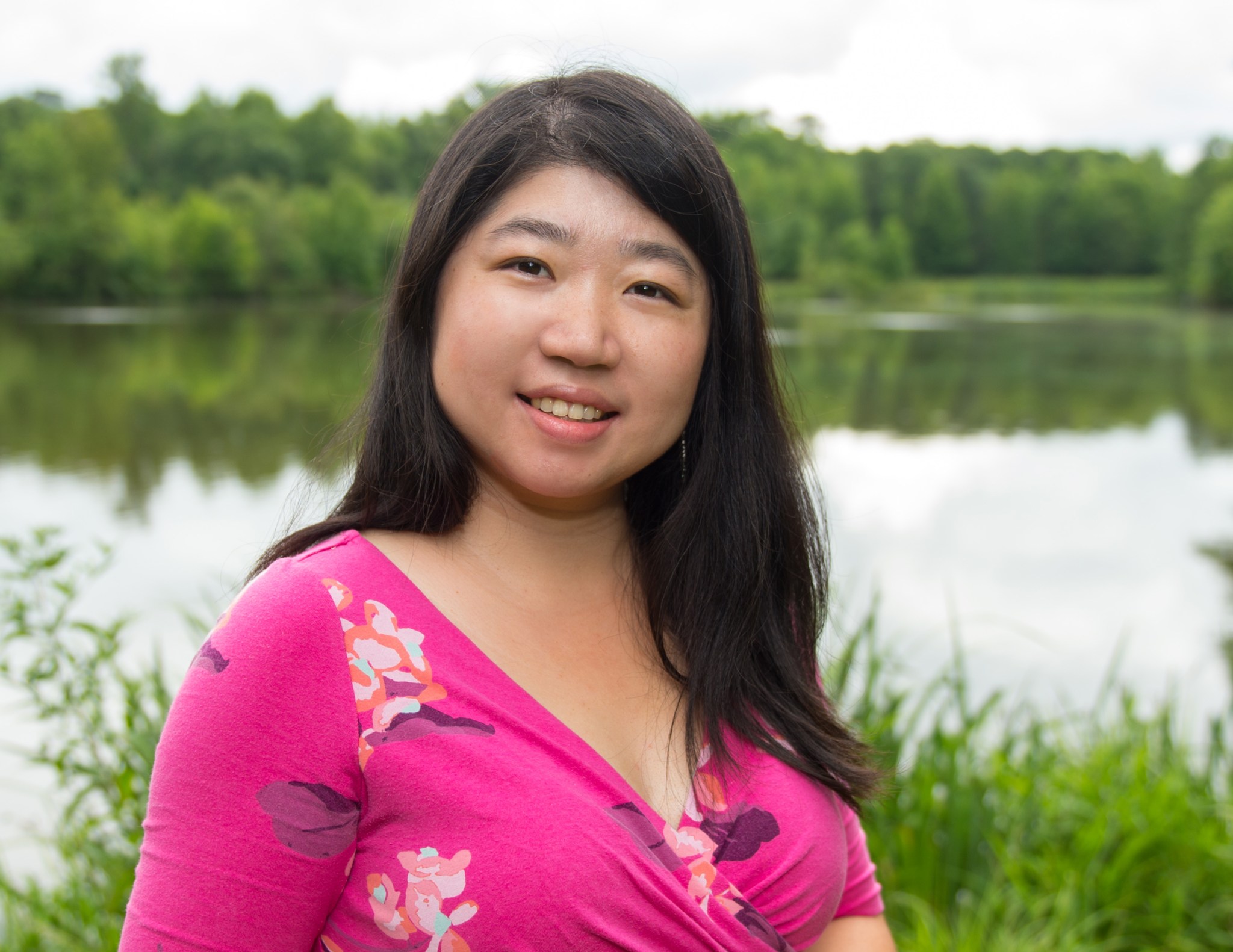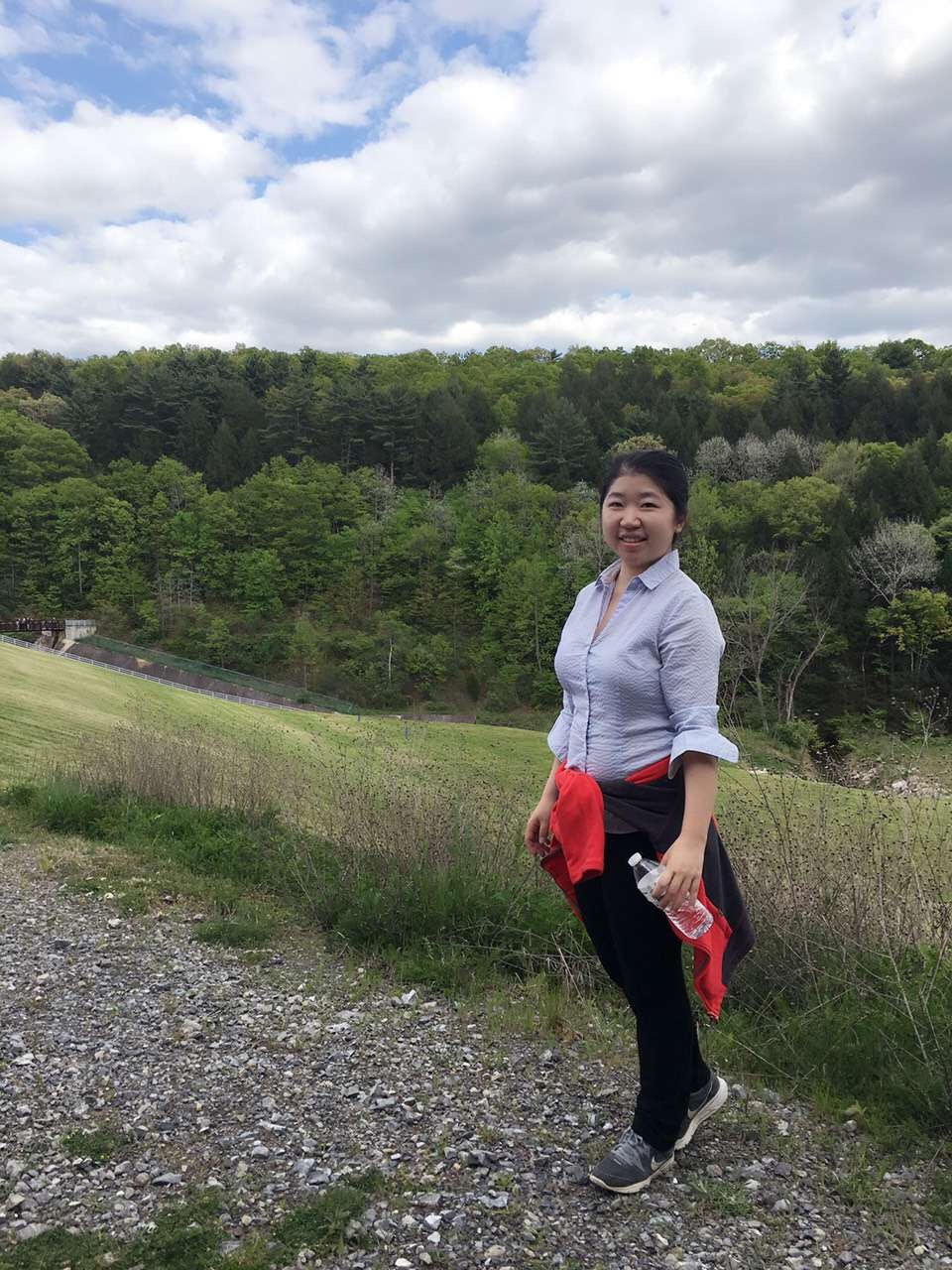
Name: Jie Gong
Title: Research atmospheric scientist
Organization: Code 613, Climate and Radiation Branch, Earth Science Division
What do you do and what is most interesting about your role here at Goddard? How do you help support Goddard’s mission?
I am an atmospheric scientist and I mostly work with ice clouds and other frozen precipitation like snow, floating snow (which is snow in the atmosphere that does not hit the ground) and graupel, or hail. I work on developing methods to best use satellite data to understand the microphysics of all frozen water particles in the atmosphere called frozen hydrometers. Not all frozen water particles in the atmosphere eventually fall to the ground; some of them evaporate and others are transported elsewhere and then fall to the ground. Part of my work is to understand where and when these frozen particles in the air will fall to the ground.
Why did you decide to become an atmospheric scientist?
I was raised in a small city in southern China. I wanted to become a scientist because my uncle was the first Ph.D. in our family after the Cultural Revolution ended in 1976. I was just 10 years old when he sent us his dissertation involving the chemistry of air and water pollution. I did not know what science was, but I decided to be a Ph.D. just like my uncle.
In high school, my best subject was geology. When I started at Peking University, I enrolled in the School of Geoscience. As I began learning more about geoscience, I found atmospheric science to be the most interesting and majored in it. I then got a Ph.D. from State University of New York at Stonybrook in atmospheric sciences.
How else did your uncle inspire you to be a scientist?
During the Cultural Revolution, my mother, her sister and her brother were sent from the city to the country. They were told to farm or to teach the local children when they themselves should have been in school receiving an education. As a result, my uncle taught himself a basic education including science. At the end of the Cultural Revolution, each family was allowed to send one child back to the city for either education or a job. My grandparents sent my mother, who was a music and dance teacher, back to the city for a job. My uncle took the equivalent of the SAT and scored high enough for the entire country of China to be sent back to the city for college.
He has inspired me all my life to always be prepared to take advantage of opportunities. He also taught me to constantly challenge myself and to try my best so that I would never regret losing an opportunity for not trying.
Why did you come to Goddard?

My advisers led me to Goddard. My Ph.D. adviser was Dr. Marvin Geller, who had previously worked at Goddard. He was a big supporter of Goddard’s Tropical Rainfall Measurement Mission, the precursor of the GPM Mission. Then I did a postdoc with Dr. Wu, my current supervisor, who at the time was at NASA’s Jet Propulsion Laboratory in Pasadena, California. When Dr. Wu took a position at Goddard at the end of my postdoc, I also came to Goddard to work on his project.
Who is your mentor and what has he taught you about being a scientist?
Dr. Wu is now the principal investigator for a Cubesat mission called IceCube, which opened up new channels for measuring atmospheric ice. He is also working on an instrument incubator program where we try to develop new techniques of measuring atmospheric ice shape and orientation.
He taught me to always be open-minded and to try to collaborate with people from different backgrounds including engineers, modelers, astrophysicists, helioscientists and anyone else who might contribute. Although Dr. Wu received his Ph.D. in electrical engineering, he now works as an atmospheric scientist. His educational background allows him to be able to communicate well with engineers, which he also helped me learn to do. As a scientist, it is always easier for me to speak with a fellow scientist than an engineer.
Please tell us about winning the Goddard Earth Science Division Best Senior Author Publication 2017 Annual Award?
Dr. Wu and I developed a new method of measuring atmospheric ice orientation using a polarized passive microwave imager which can be used for other similar instruments. The orientation of the ice particle determines in part how much snow will hit the ground and when the snow will hit the ground. I hope that our discovery will be useful in making more accurate predictions of surface snowfall in the future.
Previously these subtle ice properties could only be measured by radar or lidar, both of which involve shooting a beam into the atmosphere, and therefore are active instruments. The beam can only measure a narrow curtain of the atmosphere.
A passive instrument measures the Earth’s radiation and scans the Earth much more frequently. We used data from the Global Precipitation Measurement (GPM) Mission’s microwave imager, which can cover the whole Earth in one day, to prove our concept would work.
We wrote a paper about proving our concept. When our paper was honored with this award, I immediately told my uncle. Although he does not understand exactly what I do, he was very proud.
How are you involved with new scientists coming to Goddard?
I really enjoy reviewing proposals from undergraduate and graduate students applying for NASA fellowships and post docs. They are the new energy for our scientific community. They always bring very innovative, sometimes even very wild ideas. They are opening my mind to different fields that I would not otherwise know about. I really think a scientist needs to be open-minded and not just focused on his or her own specialty. If not, you will run out of ideas one day. Everyone needs inspiration. In 2016 and 2017, the American Geophysical Union awarded me the Best Reviewer Award for the Journal of Geophysical Research.
Is there something surprising about your hobbies that people do not generally know?
I used to play Chopin on the piano. Now, with one child plus a young toddler, my children constantly request that I play “Old McDonald’s Farm.” My toddler daughter also loves hearing me play “Let It Go” from the movie “Frozen.” I sing along, changing the lyrics to “let it snow.”
By Elizabeth M. Jarrell
NASA Goddard Space Flight Center

























